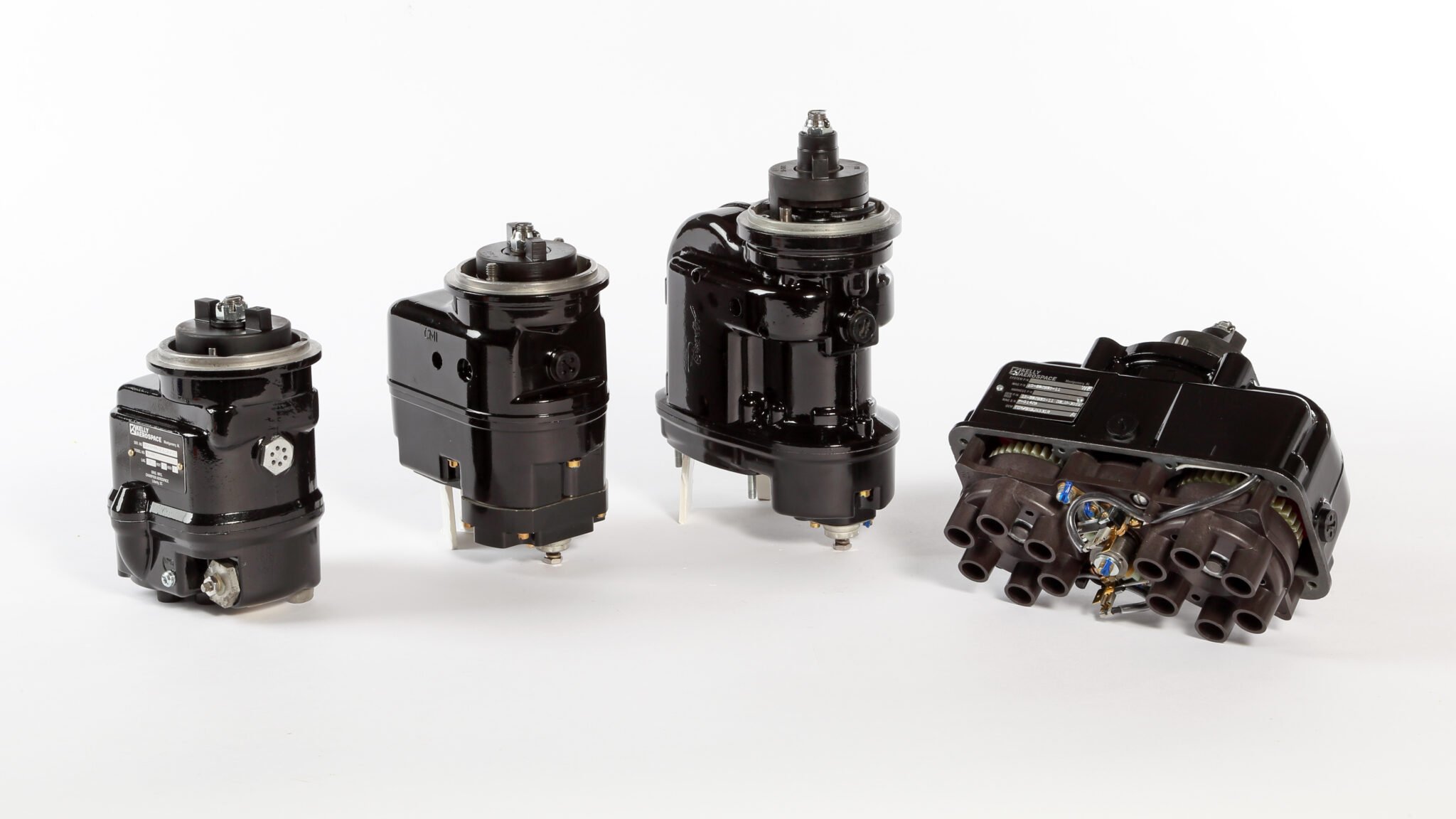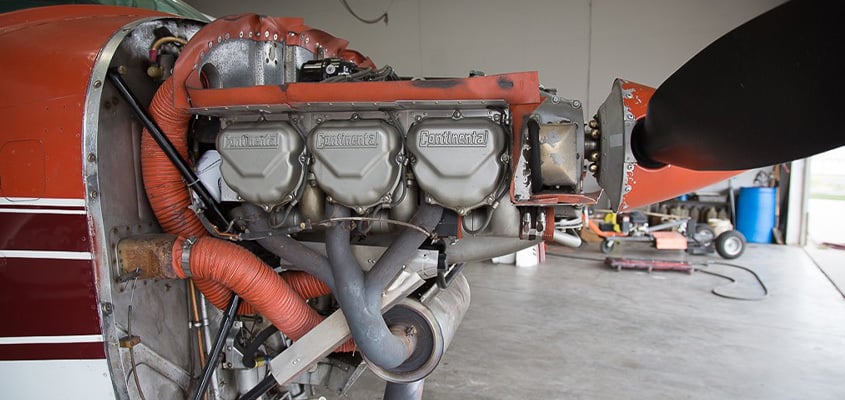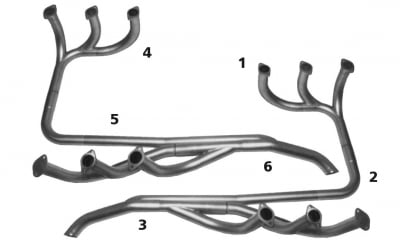Troubleshooting Magnetos FAQ’s
Aircraft Magneto: An Overview
An aircraft magneto is a critical component of the engine’s ignition system in aircraft. Its main function is to generate high-voltage electrical pulses that create sparks at the spark plugs. These sparks ignite the fuel-air mixture in the engine cylinders, initiating the combustion process that powers the engine.
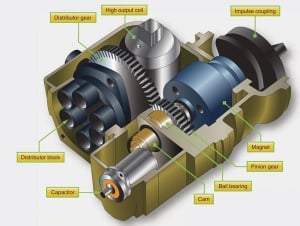
Key points about what an aircraft magneto does:
-
Ignition: The magneto provides the essential ignition source for starting the aircraft engine. When the engine is cranked or started, the magneto produces powerful electrical sparks at precise intervals, igniting the compressed air-fuel mixture in each cylinder.
-
Independence: Unlike the primary electrical system of the aircraft, the magneto operates independently. It doesn’t rely on the aircraft’s battery or electrical system to generate sparks. This independence ensures that the engine can start and run even if the main electrical system fails, providing an additional safety feature.
-
Redundancy: Most aircraft have two magnetos – one for each engine cylinder. Each magneto operates independently, creating redundant ignition systems. If one magneto fails, the other can still provide the necessary spark for engine operation, further enhancing the reliability and safety of the aircraft.
-
Timing: The magneto’s spark timing is carefully calibrated to ensure precise ignition timing in each cylinder. Proper timing optimizes engine performance and efficiency.
Aircraft Magnetos Troubleshooting – FAQ
1. How can I tell if my magneto has issues?
Watch out for these signs:
- Engine misfires or runs roughly.
- Engine RPM or power decrease.
- Difficulty starting, especially in cold weather.
- Unusual vibrations or backfiring.
2. Why does my magneto run rough or vibrate at a certain RPM?
Possible causes:
- Distributor Gear or Block Issues: Wear or damage to distributor gears or the distributor block can disrupt the magneto’s smooth operation.
-
Magneto Internal Component Failure: Worn or damaged internal components within the magneto can lead to irregular operation and vibrations.
-
Engine Harmonic Resonance: At certain RPM ranges, the engine’s natural vibration frequency may resonate with the magneto, causing vibrations and rough running.
-
Timing or Ignition Problems: Incorrect magneto timing or ignition issues can cause rough running and vibrations at specific RPMs.
-
Fuel Delivery or Induction System Problems: Fuel delivery or induction system issues may lead to irregular combustion, causing vibrations.
-
Exhaust System Obstructions: Obstructions in the exhaust system can affect engine performance and contribute to vibrations.
- Propeller Imbalance: An unbalanced propeller can create vibrations that affect the entire engine system, including the magneto.
Things to check:
- Check propeller balance as per manufacturer’s manual.
- Inspect magneto internal components using mfg manual (for Slick Magnetos use Champion Aerospace Manual L-1363, Section 3)
- Verify engine RPM range where the vibration occurs.
- Seek professional inspection if vibration persists or for uncertain causes.
3. What do I do if my engine misfires or runs poorly?
Check these things:
- Look for wear or corrosion in the magneto’s distributor block and contact points.
- Inspect spark plugs and ignition leads for damage or dirt.
- Make sure the magneto timing matches the aircraft’s specifications.
4. What should I do if there’s a weak (or no) spark?
Here’s what to look for:
- Look for loose or damaged ignition leads and connections.
- Check the magneto’s coil for cracks.
- Adjust or replace the magneto’s breaker points if necessary.
- Ensure the impulse coupling (if applicable) is working correctly.
- Examine the condenser for P-lead and grounding issues.
5. How do I know if the timing is off with my magneto?
-
Engine Misfires: If the magneto timing is off, the spark may occur at the wrong moment in the engine’s compression cycle, leading to engine misfires or irregular combustion.
-
Rough Engine Operation: Incorrect timing can result in rough engine idling or operation, causing vibrations and reduced performance.
-
Decreased Engine Power: Poor timing can lead to reduced engine power output, affecting the overall performance of the aircraft.
-
Difficult Starting: If the magneto timing is significantly out of sync, starting the engine may become challenging, especially during cold weather or hot starts.
-
Unusual Exhaust Color: Improper timing can cause the engine’s exhaust to appear darker or have an abnormal color due to incomplete combustion.
-
Backfiring: A loud popping or backfiring sound during engine operation may indicate that the spark is occurring at the wrong time.
-
Poor Fuel Efficiency: Incorrect magneto timing can lead to incomplete fuel combustion, resulting in poor fuel efficiency.
Follow these steps to investigate:
- Refer to your aircraft’s manual for timing instructions.
- Use a timing light to match the spark with the engine’s top dead center (TDC) position.
- Make sure the timing falls within the specified range for your engine.
For an even deeper dive into magneto troubleshooting, consider referring to our comprehensive guide. Our Ultimate Magneto Troubleshooting Guide (see it here: https://www.qaa.com/magneto-troubleshooting-guide) serves as a valuable companion, offering step-by-step instructions, insightful tips, and a troubleshooting flowchart to streamline your diagnostic process.
At Quality Aircraft Accessories, we understand the critical role that magneto systems play in aircraft engine performance. We offer comprehensive solutions for magneto testing, repair, and overhaul. Our expert technicians are equipped with state-of-the-art bench test equipment to accurately diagnose and address magneto issues. We are an FAA and EASA approved service center provider and we specialize in 500-hour magneto checks, which are often required to ensure compliance and optimal performance.
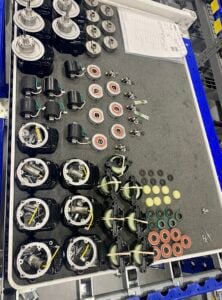
Happy Flying!
